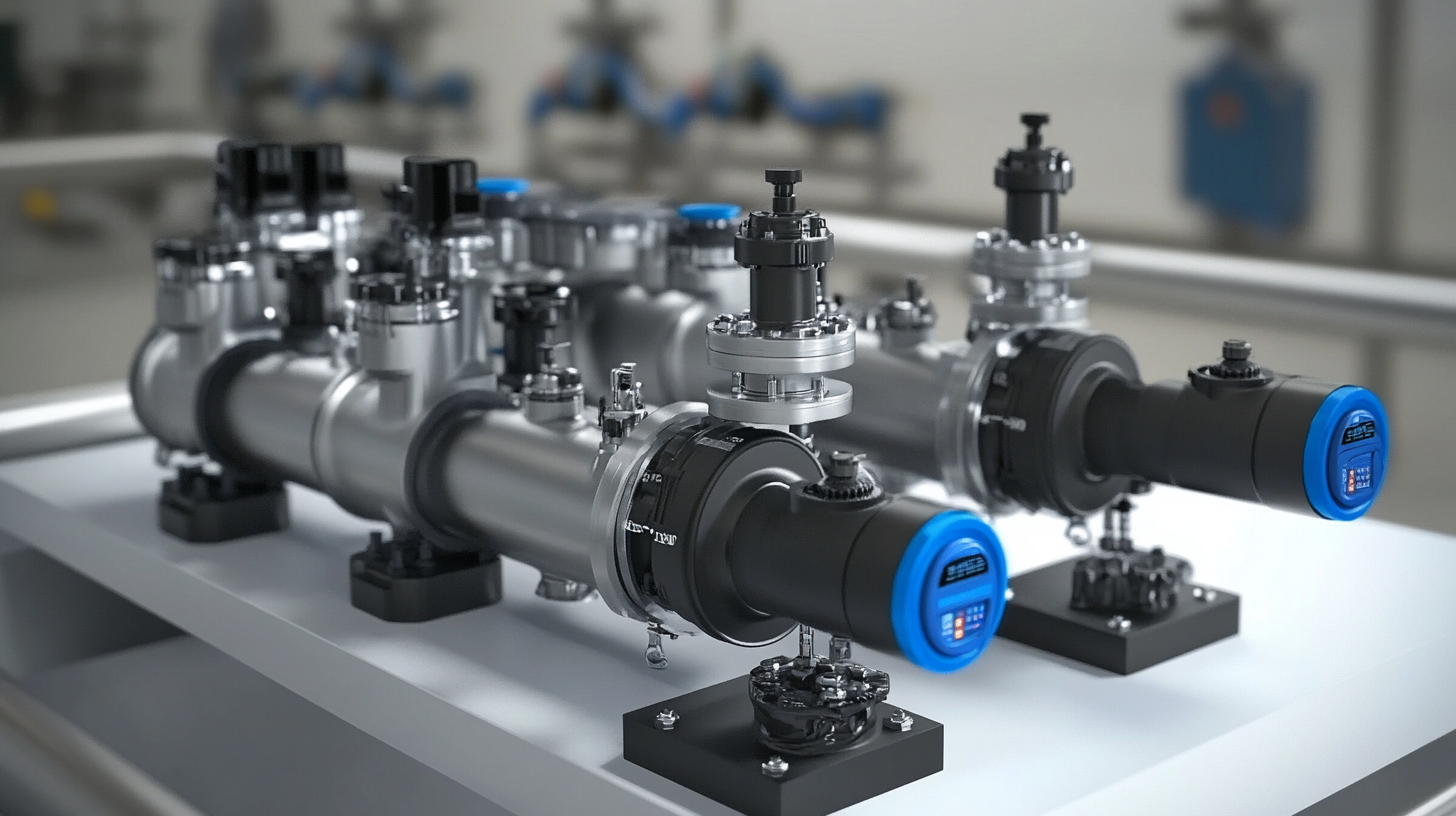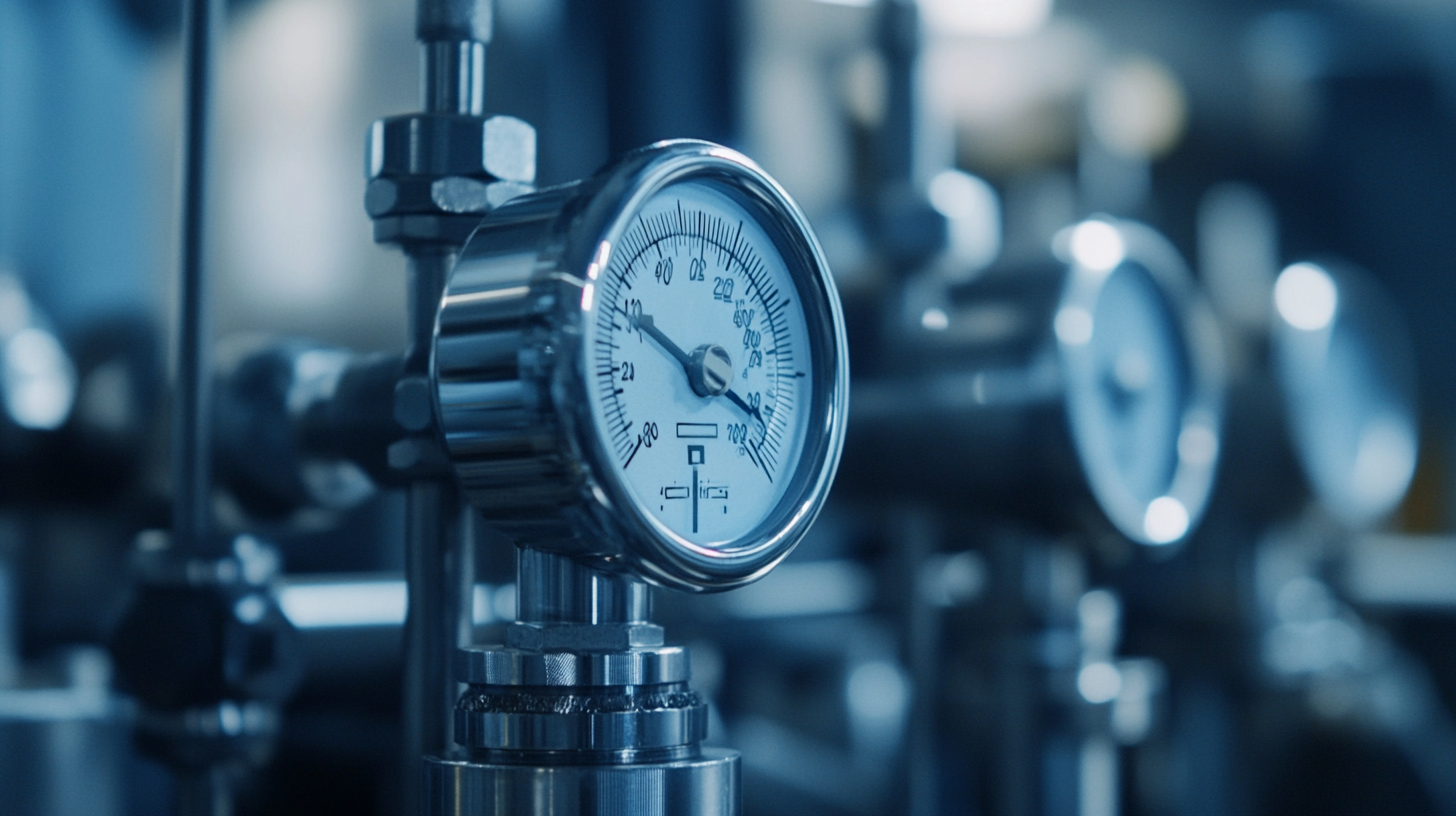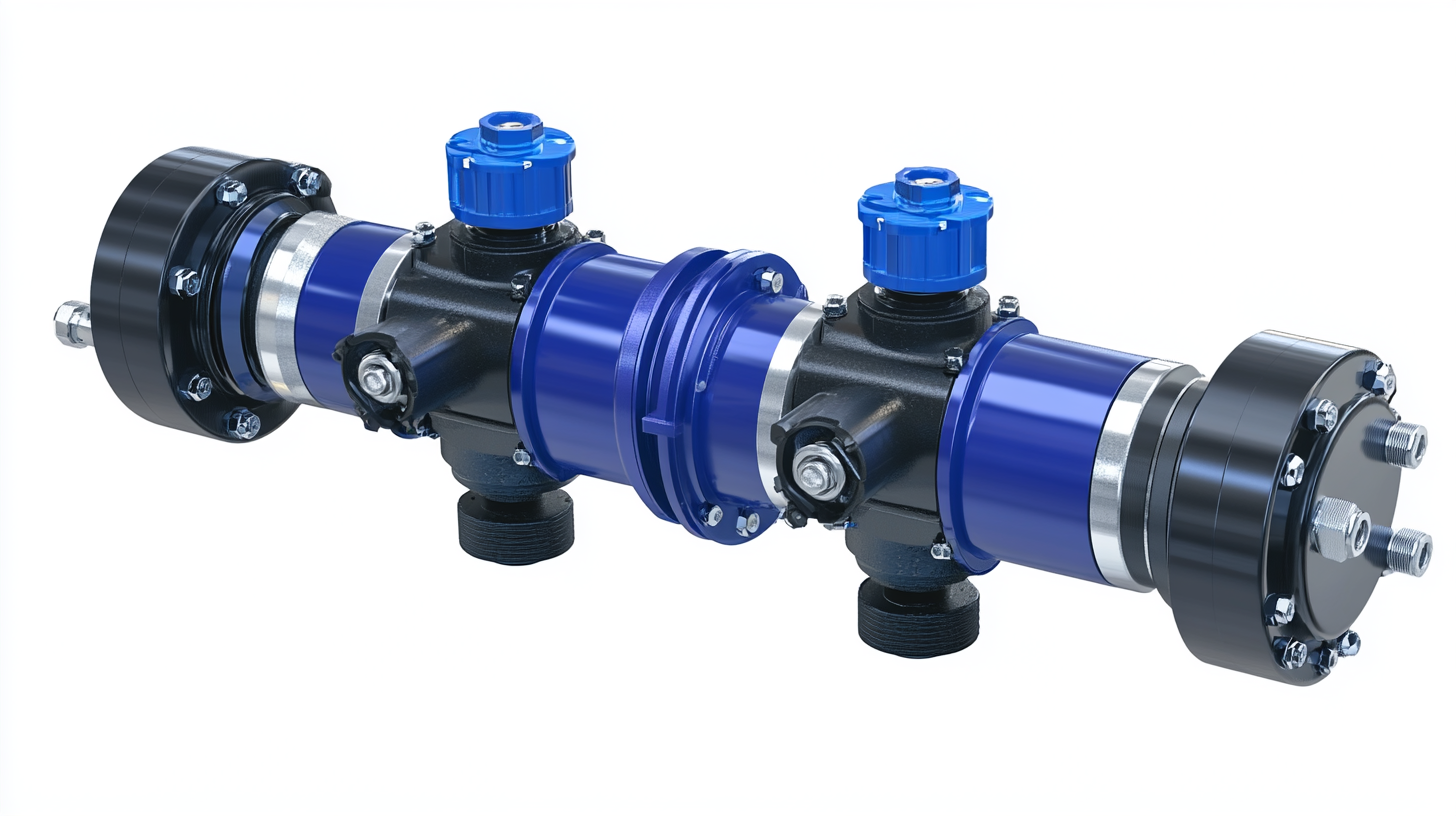In the ever-evolving landscape of industrial operations, maximizing efficiency has become a paramount objective for businesses seeking to enhance productivity and reduce costs. One of the essential components that play a crucial role in achieving this goal is the flow regulator. These devices ensure optimal fluid management by providing precise control over the flow rate, thereby minimizing waste and preventing system disruptions. By maintaining consistent pressure and flow, flow regulators are instrumental in creating a seamless operational environment that not only conserves resources but also contributes to the long-term sustainability of industrial processes.
As industries continue to demand higher output with lower energy consumption, the integration of flow regulators into various applications has proven to be a game changer. These devices are not just a trivial addition to industrial systems; they offer significant advantages, including increased equipment lifespan, improved safety, and enhanced process reliability. In this blog, we will explore the various advantages of using flow regulators in industry, illustrating how these fundamental components can lead to smarter operations and a more efficient use of resources. Join us in uncovering the pivotal role that flow regulators play in driving industrial efficiency forward.

Flow regulators play a crucial role in enhancing industrial efficiency by ensuring the optimal management of fluids in various processes. These devices are designed to maintain a consistent flow rate, regardless of changes in pressure or temperature conditions. By stabilizing fluid dynamics, flow regulators help to prevent unexpected surges or drops, leading to smoother operations. This consistency minimizes the risk of equipment damage and reduces the likelihood of production delays, ultimately contributing to cost savings and improved productivity. In many industrial applications, the precise control of fluid flow is essential. Flow regulators serve as essential components in systems ranging from chemical processing to water treatment. They can be employed in pneumatic systems to control air pressure or in hydraulic systems to manage fluid levels, thereby optimizing the performance of machinery. Their capability to operate under various conditions allows industries to maintain a high level of reliability and efficiency, while also adhering to safety regulations. Moreover, the implementation of flow regulators supports sustainability initiatives within industries by reducing waste. By maintaining optimal flow rates, these devices help to minimize excess consumption of resources and ensure that processes operate within their intended parameters. This environmentally friendly approach not only enhances operational efficiency but also aligns with the growing need for sustainable industrial practices.

Flow regulation is a critical aspect of industrial processes that directly influences energy consumption and overall cost efficiency. By implementing flow regulators, industries can maintain optimal flow rates in their systems, ensuring that resources are utilized effectively and waste is minimized. This precise control of flow helps to prevent overconsumption of energy, as systems are not forced to work harder than necessary to achieve desired output levels.
Moreover, flow regulators allow for a more stable operating environment, reducing the likelihood of equipment damage or malfunction due to fluctuating flow rates. When equipment performs under consistent conditions, it leads to longer operational lifespans and lower maintenance costs. Industries can then allocate these savings towards other essential areas, thereby enhancing productivity without incurring additional expenses.
Another significant advantage of flow regulation is its contribution to sustainability goals. By reducing waste and energy usage, companies not only lower their operational costs but also decrease their carbon footprint. This aligns with modern industry standards that emphasize environmental responsibility. The adoption of flow regulators, therefore, represents not just a strategic financial decision, but also a commitment to eco-friendly practices that resonate with both consumers and stakeholders.

Flow regulators are essential components in various industries, optimizing processes and enhancing overall efficiency. In the pharmaceutical sector, for instance, precise flow control is critical to ensure the accurate mixing of chemicals during production. Implementations of flow regulators have led to significant improvements in batch consistency and reduced waste, fostering higher product quality and compliance with strict regulatory standards.
In the food and beverage industry, flow regulators have transformed production lines by ensuring that the flow rates of ingredients are precisely managed. This has enabled manufacturers to meet stringent safety regulations while maximizing output. A notable case is a major beverage company that adopted flow regulators to standardize the syrup mixing process, leading to a 15% increase in production efficiency and a notable decrease in ingredient costs.
The oil and gas industry also benefits significantly from flow regulators, particularly in pipeline transportation. These devices help maintain consistent flow rates, reducing the risk of leaks and spills. A case study involving a large oil company showed that implementing flow regulators in their pipeline systems decreased operational risks and improved safety by preventing overpressure situations, ultimately leading to more reliable service delivery.

Flow regulators play a crucial role in enhancing efficiency across various industrial sectors by ensuring the optimal control of liquid and gas flows. To effectively evaluate the performance of these devices, industry experts focus on several key metrics, including flow rate stability, pressure drop, and response time. According to a report by the International Society of Automation, a well-calibrated flow regulator can improve flow rate stability by up to 30%, significantly reducing the risk of system failures due to fluctuations.
Another critical metric is the pressure drop across the regulator, which impacts energy consumption and operational costs. A study published by the American Society of Mechanical Engineers found that reducing pressure drop can lead to energy savings of approximately 15% to 25% in fluid transport systems. This highlights the importance of selecting flow regulators that offer minimal resistance while maintaining precise control, which is essential in sectors such as oil and gas, pharmaceuticals, and food processing.
In addition to flow rate stability and pressure drop, the response time of flow regulators is vital for processes that require rapid adjustments. For example, the Food and Drug Administration emphasizes that in pharmaceutical applications, a quick response time can prevent contamination and ensure product quality. Recent advancements in technology have yielded flow regulators with enhanced response times, with some achieving adjustments within milliseconds, paving the way for safer and more reliable industrial operations.
In today's fast-paced industrial landscape, the continuous demand for enhanced operational efficiency drives companies to seek innovative solutions. One key area of advancement is flow regulation technology, which is crucial for managing fluids and gases in various processes. As industries evolve, new trends in flow regulator technology are emerging, promising to significantly enhance productivity.
The integration of smart technology into flow regulators is transforming how industries monitor and control fluid flows. Smart flow regulators equipped with IoT capabilities provide real-time data analytics, allowing for better decision-making and predictive maintenance. This shift enables companies to identify inefficiencies promptly, reducing downtime and wastage while optimizing resource allocation. Furthermore, these innovations pave the way for remote management, empowering operators to make adjustments on-the-fly, which leads to more streamlined operations.
Sustainability is also at the forefront of flow regulation advancements. Newer models are being developed with an emphasis on energy efficiency and reduced environmental impact. By employing advanced materials and design techniques, these flow regulators minimize energy consumption during operation. The use of self-regulating systems not only conserves energy but also enhances control accuracy, ultimately leading to more sustainable industrial practices. As industries continue to prioritize environmental responsibility, the demand for such innovative solutions will likely grow.
